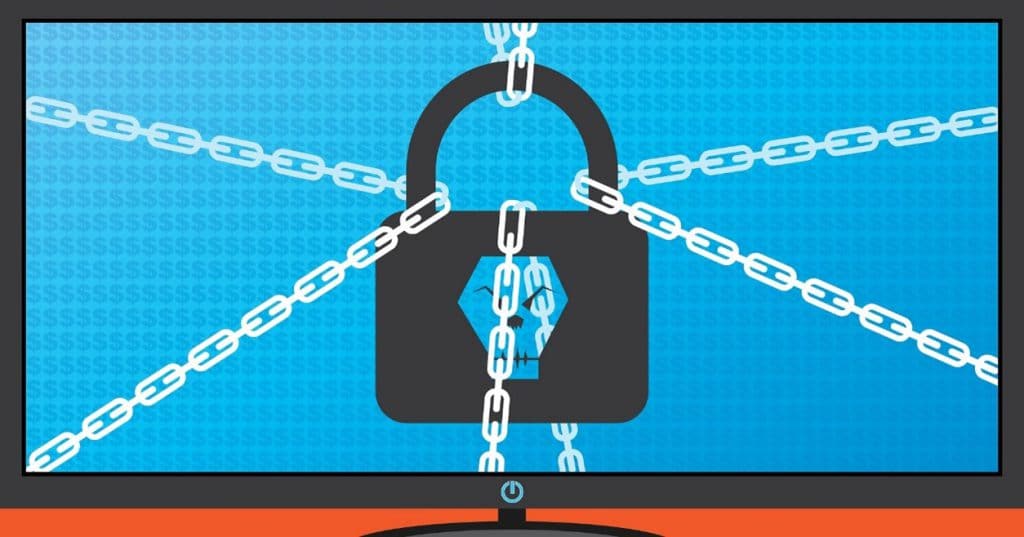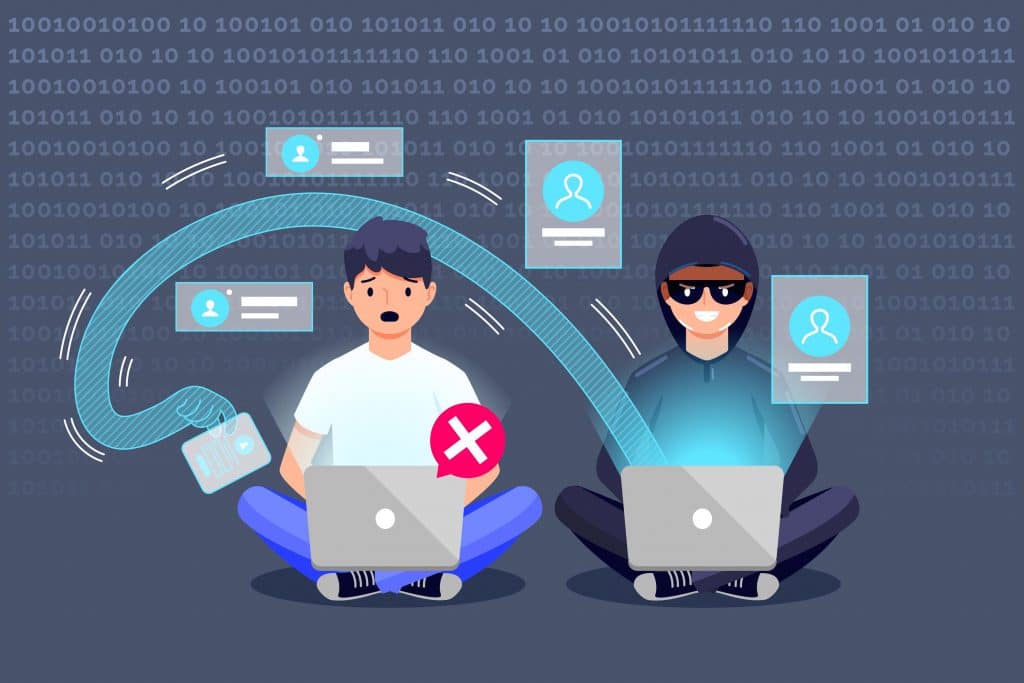- Email: info@clearinfosec.com
- 1800 760 5656

Ransomware is an ever-evolving type of malware. It is designed to encrypt files on a device and corrupt the device or system that depends on the files. The cybercriminal may encrypt the classified data or block access to the system itself. Later, they will ask the victims to satisfy their demands or threaten them with selling or leaking the confidential data in their control. In recent years, ransomware attacks became very prevalent in all kinds of organizations, small or big, private or government. No organization is safe from cybercriminals.
To prevent a ransomware attack, it is highly recommended to have a professional cyber security team that monitors the organization 24/7. Even with the increase in security, cybercriminals also increase their tactics of attacks, so the security professional must always increase their knowledge. If the ransomware infection has happened, the victims generally have three solutions pay the ransom, remove the malware, or reboot the system completely. The last option is only when the system is corrupted, and data is not stolen already.
The ransomware attack may happen to any individual or an organization itself. Anyone with a system or mobile connected to the internet is at risk of being subjected to ransomware.
The effects of ransomware differ with their intent of attacks. It can be destructive to an individual or an organization. Even if the victims pay the ransom to recover their corrupted files, it cannot be guaranteed that files will recover. If the ransom is not paid and the organization cannot decrypt the data by themselves, they need a third-party specialist to recover or decrypt the specified files. This may also be costly as reputed recovery specialist organization fees may be higher.
Ransomware has a huge impact, as it leaves a company or individual without the data they need to operate or deliver. The monetary and reputation loss will be devastating to any organization. With the development of technology, ransomware infections also increased significantly, and their effects are very destructive. The recovery from a destructive ransomware attack is also very tedious for organizations. Some organizations cannot overcome the impact caused even after paying the ransoms.
The most common types of ransomware are :
1. Locker ransomware

The basic function of this kind of ransomware is to deny access to computer functions. Such as, the victim may be blocked from using the desktop, the mouse or keyboard functions may be disabled, etc. And allow only to work in the window which contains the ransom demand. If the victim didn’t pay the ransom, they could not get the access back. This kind of attack can be mild, as it only makes the victim deny their access to the computer and not concentrate their attacks on critical files or confidential data.
2. Crypto ransomware

Crypto ransomware is opposite to the function of locker ransomware. It mainly encrypts or corrupts the critical data and does not block the computer functions. The victim can see their files but cannot access those files. In general cases of crypto-ransomware, the attackers often provide a countdown. If the ransom is not paid within a certain time limit, they may threaten to delete or leak the important data.
Some of the Ransomware strains are listed below
Reveton
Reveton locks the victim’s device completely and asks the victim to log in credentials. In general, the attackers show a fake official (any government security organization) message on the victim’s display. The whole system will be locked completely, and only by paying the ransom, the login credentials can be obtained. In some cases, the attackers also installed a trojan to steal passwords and other data in the victim’s computer.
Locky
It is a ransomware strain developed to lock the victim’s system completely. These kinds of ransomware are usually affected by email messages. When the email is opened, the victim is asked to enable macros to read the attached document. If the victim enables the macros, Locky begins its encryption process and encrypts many files. Usually, the email will be disguised as an invoice message.
Cryptolocker
It is one of the oldest forms of cyberattacks used for more than a decade. The attackers used the Cryptolocker botnet approach in ransomware in 2013. Even though the original Cryptolocker botnet was shut down in 2014, the attackers managed to earn more than millions. And many kinds of variants are still used. It is often impossible to decrypt the files or system without paying the ransom when Cryptolocker ransomware was used as the algorithms used to encrypt are very strong
Cerber
It is a type of ransomware that mainly targets cloud-based Microsoft office 365 users. Millions of users are fallen for this attack with large phishing operations.
Crysis
This ransomware encrypts files on fixed, removable, and network drives. It uses a strong encryption algorithm making it difficult to crack or decrypt the files. It usually spreads from email or installer files.
Bad Rabbit
This ransomware spreads from compromised websites that contain a fake adobe player installer file like “install_flash_palyer.exe.” If the victim executes the file, the system will reboot, and after rebooting, the screen will show the ransom details on the victim display.
Jigsaw
It is one of the destructive types of ransomware, which encrypts many data files and deletes them progressively until the ransom is paid. Usually, the attack will have a countdown of 72 hours, and files will be deleted for every hour until the ransom is paid or ultimately deleted every single file.
Cryptowall
It can be considered an advanced form of the crypto locker. There are multiple strains of this ransomware used worldwide with different names.
KeRanger
This ransomware was found on the BitTorrent client, and it is the first ransomware developed to block Mac OS applications.
Apart from these, there exist many other ransomware strains that can infect the systems of an organization or individual. Let us see the anatomy of ransomware attacks in coming weeks.
It is always necessary to provide Security Awareness Training to your workforce to keep them aware of the evolving threat landscape and stay fortified for any kind of targeted social engineering attacks. Get adapt to technologies and security trends with Clear Infosec
Copyright © 2025 Clear Infosec. All Rights Reserved.